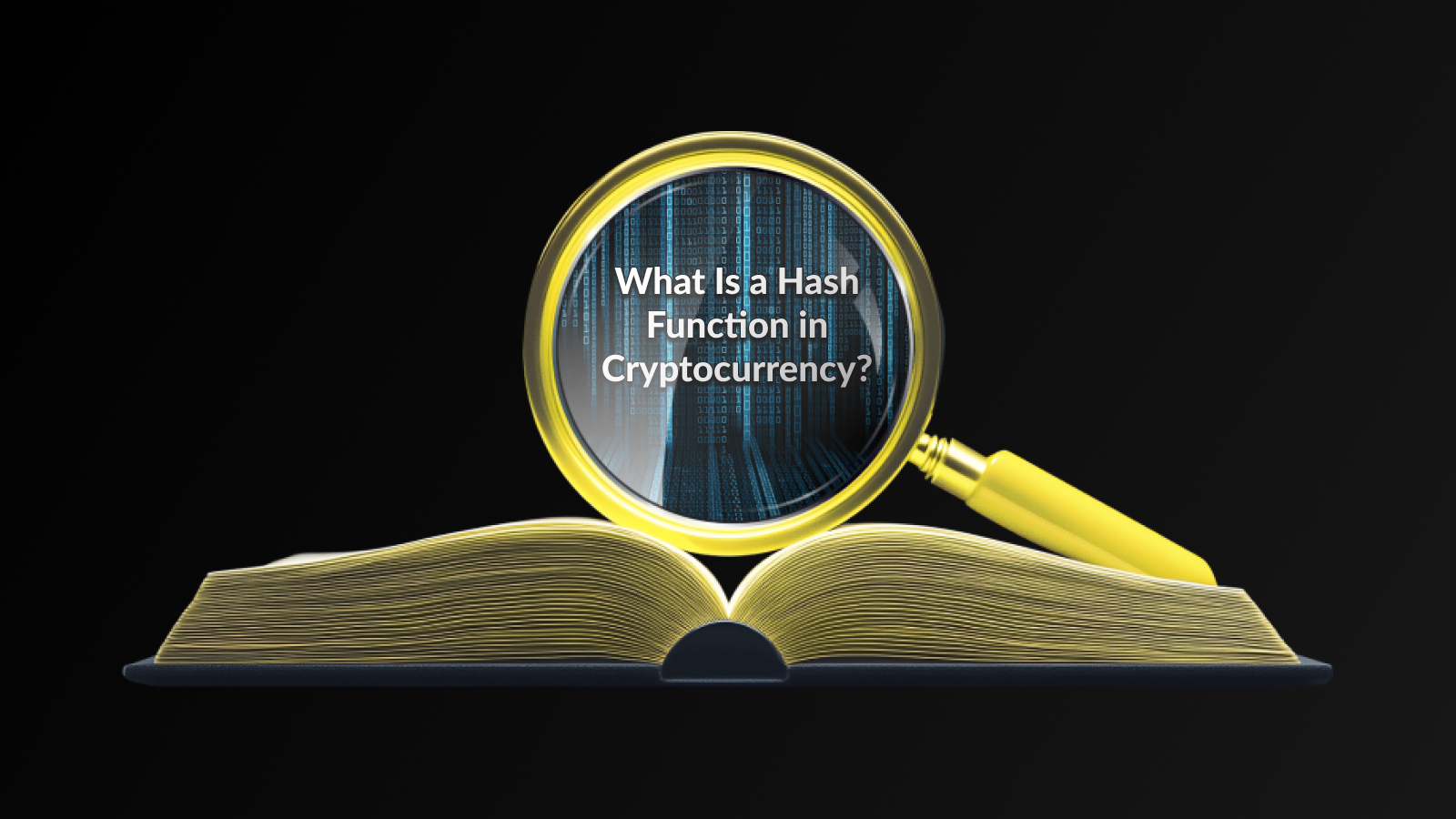Introduction
Explore the significance of hard caps in cryptocurrency, comparing them with soft caps and examining real-world examples of hard cap implementation.
The concept of a hard cap is significant within the world of cryptocurrency, particularly when it comes to Token Supply Management. A hard cap refers to the maximum amount of funds that a project sets out to raise during a fundraising round, typically through a token sale or Initial Coin Offering (ICO). This limit helps to maintain the value of the tokens, as it prevents excessive supply, a critical factor in ensuring that the project’s economy remains robust.
When a project establishes a hard cap, it signifies to investors that there is a finite amount available, thereby creating a sense of urgency and exclusivity. This practice aligns with the principles of scarcity, making the tokens more appealing to potential buyers. By adhering to a predetermined limit, projects can also instill confidence in their tokenomics, fostering trust among the community.
Understanding how a hard cap fits into the broader context of cryptocurrency investments is essential for stakeholders. Decisions regarding Token Supply Management are not merely about how much money can be raised but about creating a sustainable and balanced ecosystem. In addition, a well-defined hard cap can play a pivotal role in a project’s success, differentiating it from others in an ever-evolving market.
Overall, a hard cap serves as a cornerstone for strategic financial planning and helps maintain the integrity and value of the cryptocurrency being offered.
Why Is Hard Cap Important in Cryptocurrency?
The cryptocurrency hard cap serves as a crucial metric for both developers and investors within the cryptocurrency ecosystem. It establishes a definitive limit on the total supply of tokens that can be minted, which, in turn, plays a significant role in token supply management.
One of the primary reasons the hard cap is important is that it helps to prevent inflation. By capping the total supply of tokens, projects can avoid devaluing their currency, which often occurs when too many tokens are introduced into the market. This controlled supply creates scarcity, which can increase the token’s value over time as demand grows.
Moreover, a hard cap fosters transparency and builds trust among potential investors. When a project clearly communicates how many tokens will be available, it reduces the fear of dilution, making the investment proposition more attractive. This transparency is particularly vital in the cryptocurrency space, where scams and fraudulent activities are a concern.
Additionally, a well-defined hard cap can positively impact the project’s fundraising efforts. Investors are more likely to commit their capital if they know there will be a finite number of tokens and, consequently, a definitive limit on the amount of capital that can be raised. This certainty can lead to increased investor confidence, driving participation in initial coin offerings (ICOs) or decentralized finance (DeFi) projects.
A hard cap is integral to the sustainability and credibility of a cryptocurrency project. It not only protects against inflation but also promotes transparency and encourages investor participation, making it a cornerstone for any successful cryptocurrency venture.
Hard Cap vs. Soft Cap
In the world of fundraising for cryptocurrency projects, distinguishing between a hard cap and a soft cap is crucial for both developers and investors. A hard cap is the maximum amount of funds a project aims to raise during its Initial Coin Offering (ICO) or token sale. Once this goal is reached, the fundraising stops regardless of potential further interest from investors, ensuring that the project does not exceed its intended token supply.
Conversely, a soft cap is the minimum funding goal that a project needs to achieve its desired objectives. If a project falls short of this amount, it may decide to abandon the endeavor or return funds to investors. Understanding this distinction aids in effective token supply management, giving clarity to potential backers about the project’s viability and financial strategies.
The presence of a hard cap can bolster investor confidence, as it demonstrates a commitment to fiscal discipline. In contrast, a soft cap can introduce uncertainty, leaving investors wary about the project’s commitment to achieving its goals if the funding falls short. Therefore, careful consideration of both caps plays a pivotal role in the overall success of a cryptocurrency project, affecting its market perception and investor attractiveness.
While both hard cap and soft cap strategies serve essential purposes in fundraising, understanding their differences is vital in making informed investment decisions in the cryptocurrency landscape.
Examples of Hard Cap Implementation
When it comes to implementing a hard cap in cryptocurrency projects, various strategies and examples illustrate how teams effectively manage their funding limits. Here are a few notable instances:
1. Ethereum’s Initial Coin Offering (ICO)
Ethereum, one of the most successful blockchain projects, set a hard cap during its ICO in 2014, which allowed it to raise $18 million. Their hard cap was critical in managing the token supply and ensuring that the funds were raised efficiently while preventing excessive overcrowding of the market.
2. Tether (USDT)
Tether has defined limits on the total supply of its tokens to maintain their peg to the US dollar. By adhering to a hard cap on the total supply of the stablecoin, Tether manages token supply management effectively, keeping its value stable in the volatile cryptocurrency market.
3. Filecoin
During its 2017 ICO, Filecoin implemented a hard cap of $257 million. This strategic decision ensured that they could gather sufficient resources for their network development while preventing the dilution of their tokens post-launch.
4. Polkadot
Polkadot’s fundraising process included a hard cap that limited the total number of DOT tokens to prevent market oversaturation. By setting this cap, they provided a clear structure for investors and helped maintain the project’s integrity.
5. Chainlink
Chainlink also employed a hard cap strategy to manage its token supply effectively. By outlining a maximum supply for LINK tokens, Chainlink aims to sustain value over time while facilitating token supply management in a rapidly evolving market.
These examples exemplify how a well-defined cryptocurrency hard cap can not only protect the project from market fluctuations but also foster a sense of trust among investors.
Disclaimer
This article is for informational purposes only and does not constitute financial or investment advice. Cryptocurrency investments involve risk and may result in the loss of capital. Always perform your own research or consult a financial advisor before investing.
Click for more Darkex education articles.





